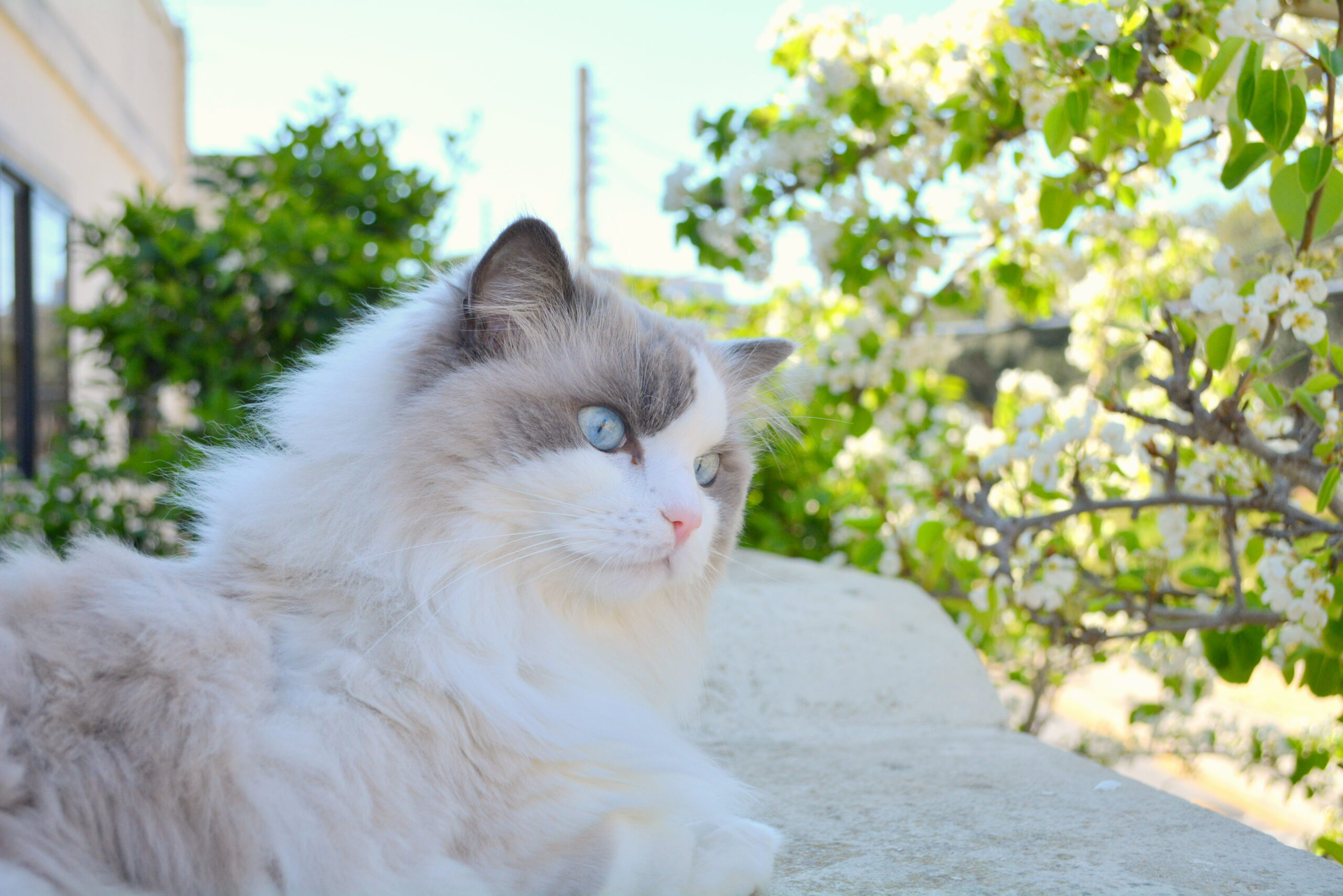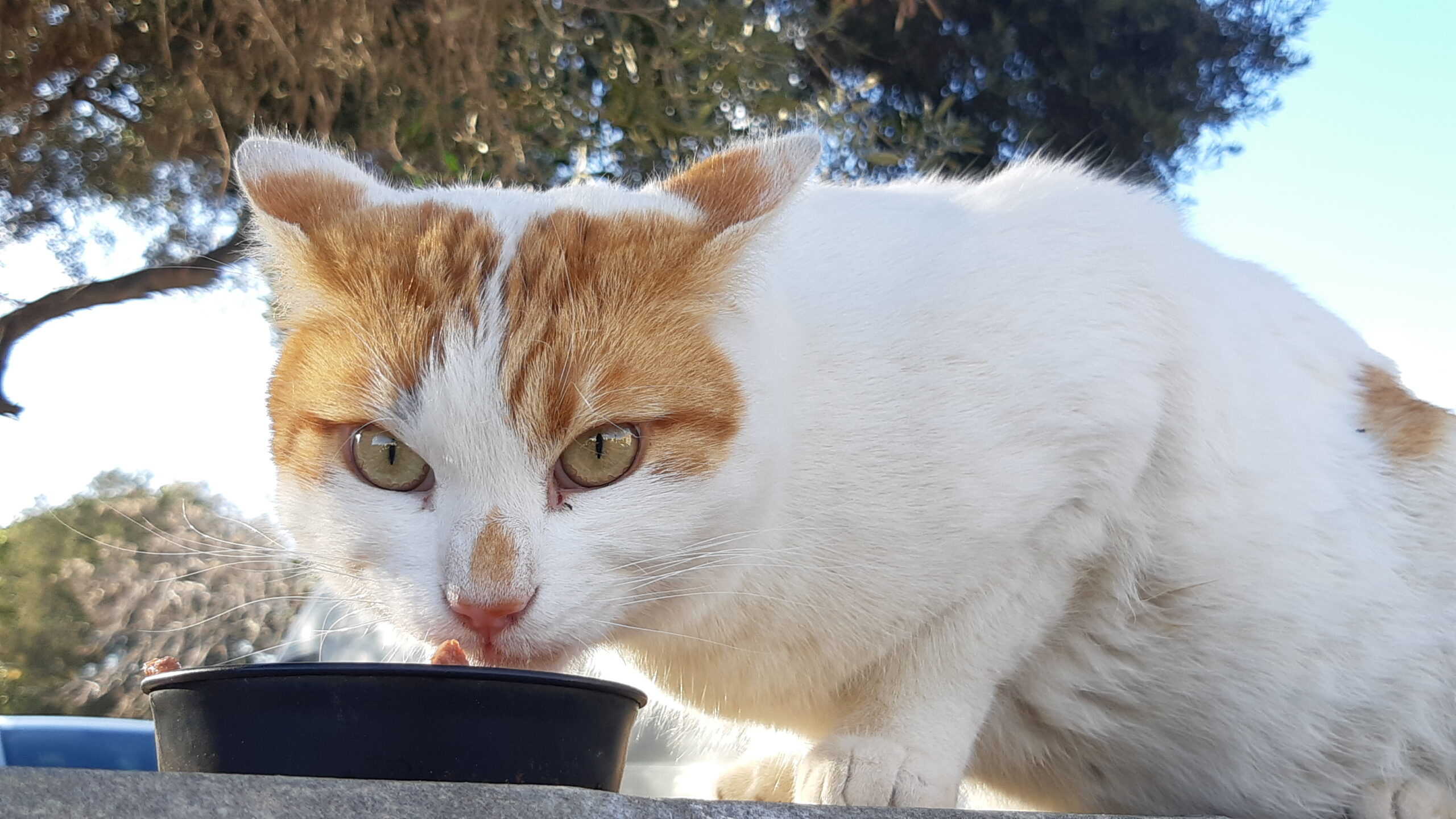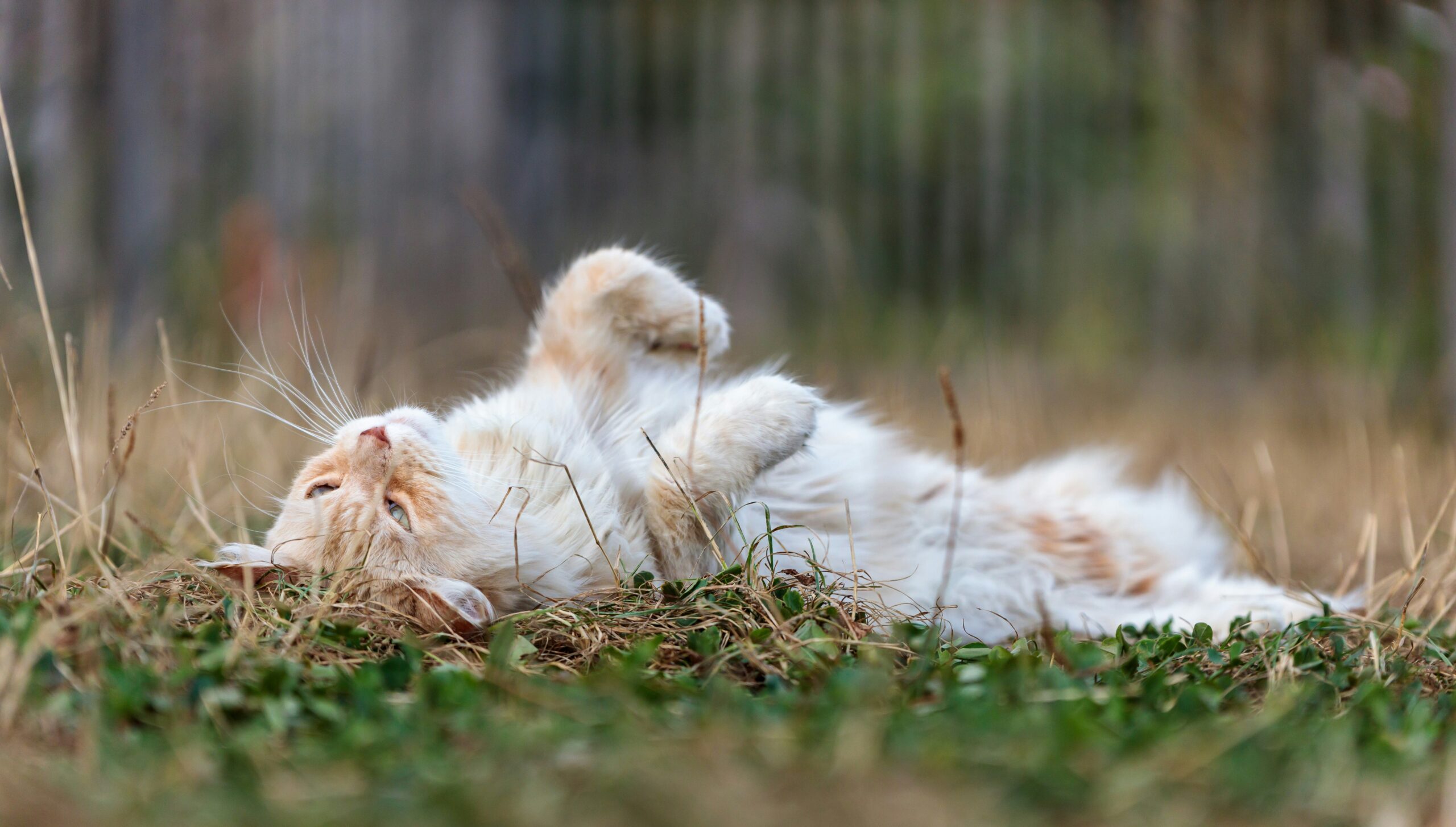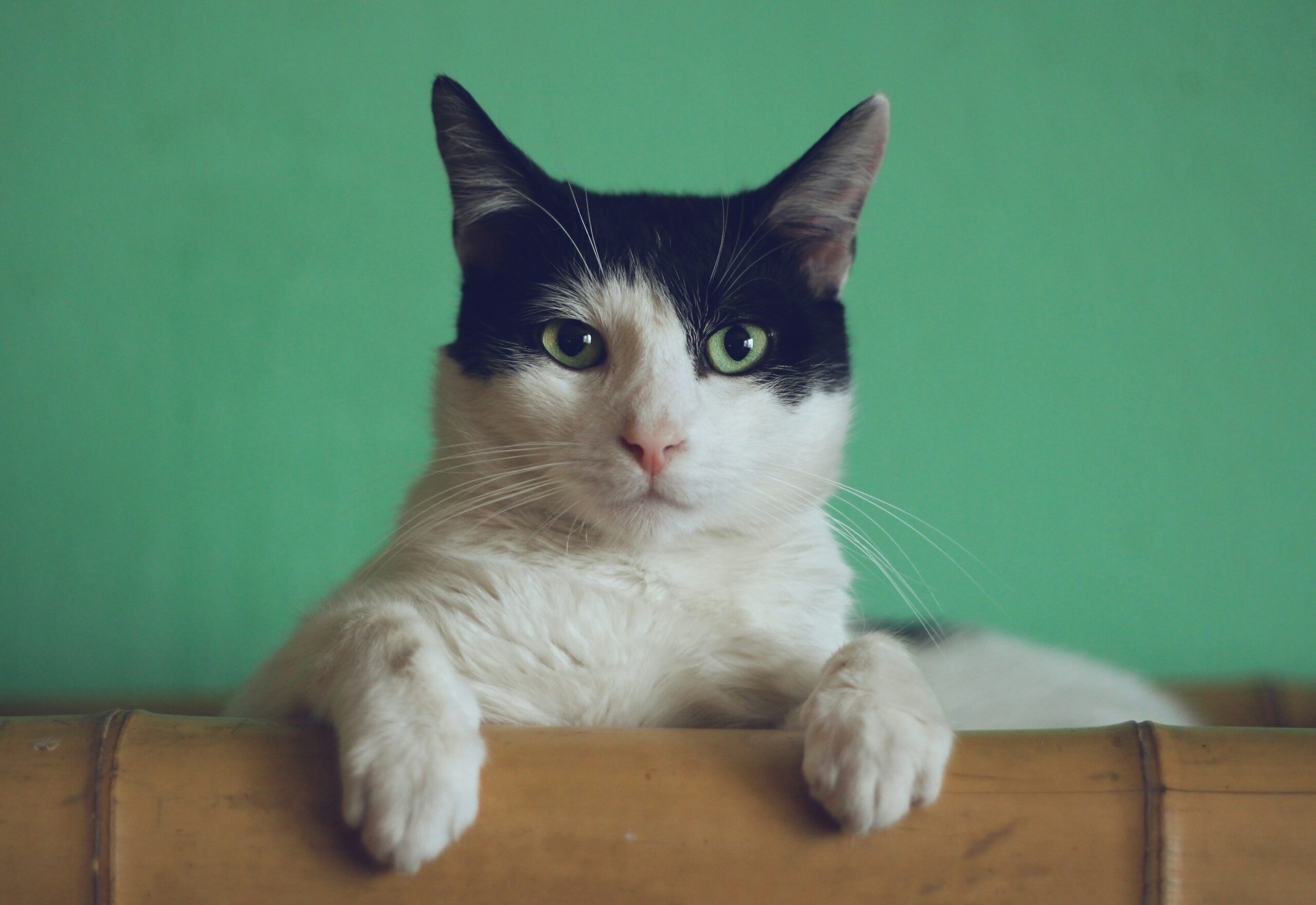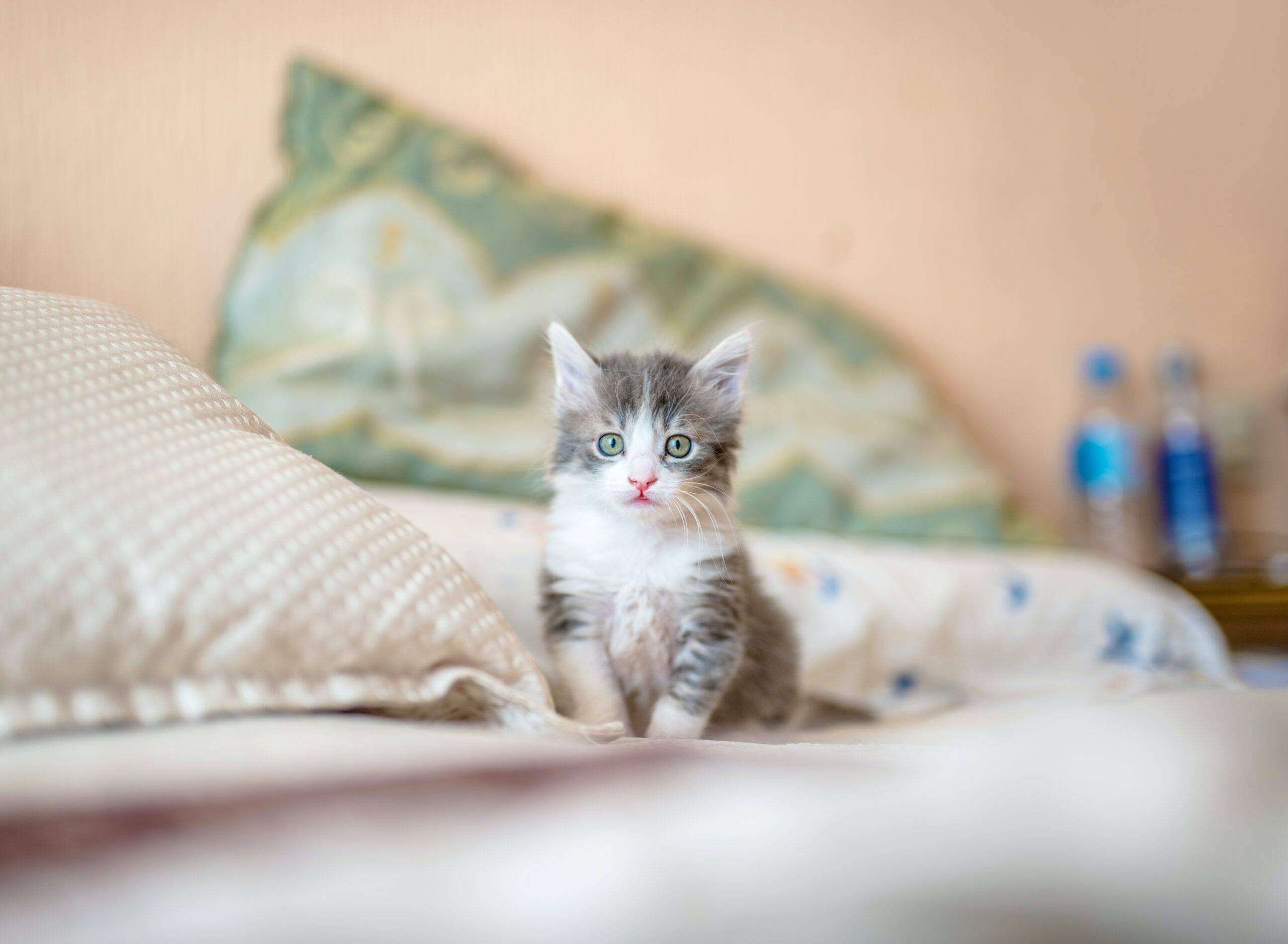A Comprehensive Guide to Japanese Male Cat Names: Origins and Meanings
Introduction to Japanese Cat Naming Conventions Naming conventions for pets, particularly cats, hold a significant place in Japanese culture. The process of naming often goes beyond mere identification, encompassing multiple factors that reflect the personality, appearance, and inherent traits of the feline companion. In Japan, the act of naming is imbued with profound meaning, shaped by traditions, literature, folklore, and contemporary pop culture. Japanese cat names are frequently chosen based on a cat’s physical characteristics and temperament. For instance, a cat with striking, bright-colored fur might be named “Hikari,” meaning “light.” On the other hand, a playful and spirited cat could be called “Genki,” which translates to “energetic.” Such names not only capture the essence of the cat but also embody the owner’s sentiments towards their cherished pet. The rich tapestry of Japanese folklore and mythology has also left an indelible mark on cat naming conventions. Cats have long been revered in Japanese culture, often appearing in folklore as creatures of mystery and supernatural powers. Names like “Neko,” a straightforward word for “cat,” and “Bakeneko,” referring to a mythological shape-shifting cat, are examples of how traditional tales influence naming practices. Moreover, Japanese literature and pop culture contribute significantly to this naming tradition. Classic literary characters or modern manga heroes often inspire contemporary cat names. Names such as “Luna,” from the popular manga “Sailor Moon,” or “Jiji,” the loyal feline from the animated film “Kiki’s Delivery Service,” highlight the merging of historical and modern influences in Japanese cat names. In essence, the process of naming cats in Japan is a culturally rich practice that reflects a deep appreciation for the animal’s characteristics, the owner’s beliefs, and the broader cultural influences. This blend of tradition and modernity ensures that each name carries a unique and meaningful resonance. Popular Japanese Male Cat Names and Their Meanings When choosing a name for a male cat, many pet owners in Japan often select names that carry specific meanings, thereby encapsulating their pet’s personality, appearance, or even the owner’s aspirations for their feline friend. One of the commonly selected names is Tora (トラ), pronounced “toh-rah”, which means “tiger”. This name is particularly popular for cats that exhibit a fierce or striking appearance, reminiscent of a tiger’s majestic aura. Another frequently chosen name is Kuro (クロ), pronounced “koo-roh”, which translates to “black”. This straightforward, yet elegant, name is often attributed to cats with a sleek, black coat. The simplicity of the name Kuro enhances its appeal, making it a favoured option among many Japanese pet owners. Likewise, a name that reflects a more serene and expansive concept is Sora (ソラ), pronounced “soh-rah”, meaning “sky”. This name is perfect for cats that have a calm, free-spirited nature or a coat that mirrors the vastness and depth of the sky. For feline companions known for their strength or resilience, the name Raiden (ライデン), pronounced “rye-den”, meaning “thunder and lightning” is increasingly popular. This name evokes a powerful and commanding presence, suitable for an assertive cat. Similarly, Haru (ハル), pronounced “hah-roo”, which means “spring” or “sun”, can be appropriate for a cheerful and lively cat, embodying the refreshing and joyous spirit of the spring season. Incorporating traditional names, such as Shiro (シロ), pronounced “shee-roh”, meaning “white”, remains a timeless choice, especially for cats with a predominantly white coat. The name Mochi (モチ), pronounced “moh-chee”, which refers to a sticky rice cake, can symbolize a cat that is both lovable and tenacious. The selection of a Japanese male cat name often goes beyond mere phonetics, resonating deeply with the cultural and emotional significance behind each name. These names not only reflect the cat’s attributes but also establish a meaningful connection between the pet and its owner. Names Inspired by Japanese Deities and Mythology Japanese mythology offers a wealth of inspiration for male cat names, with divine figures embodying various powerful attributes. One popular name is Raiden, named after the god of thunder. Raiden is written in Japanese as 雷電. In mythology, Raiden is often depicted as a powerful and dynamic deity who commands the forces of thunderstorms. Choosing the name Raiden for a male cat imparts a sense of strength and energy and characterises the feline as a captivating and spirited companion. Another notable name is Susanoo, derived from the storm god in Japanese mythology. In Japanese, the name “Susanoo” is spelled as スサノオ. Susanoo is renowned as a formidable and sometimes tempestuous deity, with a narrative filled with heroic feats and mythic battles. Naming a cat Susanoo might be reflective of a feline’s strong-willed and adventurous nature, acknowledging the cat’s potential for both calm and wild behavior, much like the tumultuous storms Susanoo governs. The mythology behind these deities provides not only rich storytelling but also a framework for understanding why such names might be fitting for a male cat. Raiden’s association with thunder implies a strong, vibrant personality, perhaps suitable for a cat known for its lively and playful demeanor. On the other hand, Susanoo’s attributes of bravery and strength could be ideal for a cat that exudes confidence or exhibits courageous traits. These mythological names are more than mere labels; they encapsulate the essence of the deities they represent, aligning human perceptions of these attributes with the observed qualities of their feline companions. Through these names, the legacy of Japanese deities and their stories continue to manifest in everyday life, making every interaction with your cat a reminder of the rich cultural heritage these names carry. Nature-Inspired Names and Their Meanings Japanese male cat names often draw inspiration from the natural world, reflecting the profound cultural appreciation for nature in Japan. These names are imbued with meanings that are deeply associated with natural elements, plants, and animals, which carry both aesthetic and symbolic significance. The name Kaede, meaning ‘maple,’ is one such example. In Japan, the maple tree signifies longevity and beauty, symbolizing the transient yet splendid nature of life. When naming a cat ‘Kaede,’ it reflects not only the cat’s inherent beauty and grace but also

